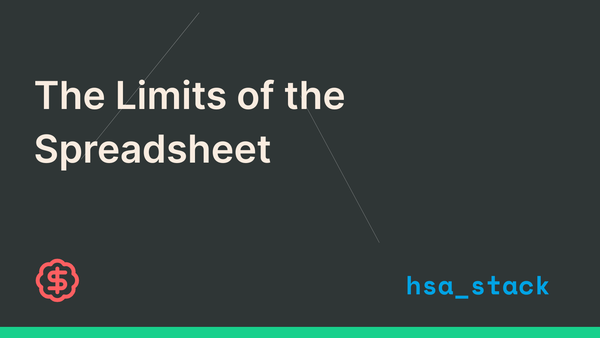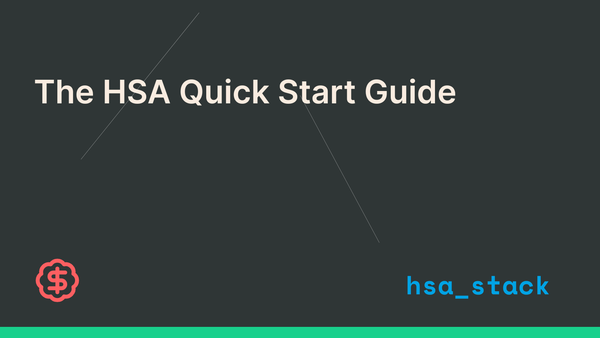Don't Just Save, Grow: 4 Core Principles for Investing in Your HSA
Your Health Savings Account is more than a fund for medical expenses; it's a powerful, tax-advantaged investment tool. Learn four foundational principles to help you approach your HSA investing with a confident, long-term strategy.

Most people see their Health Savings Account (HSA) as a rainy-day fund for medical bills. While it serves that purpose, its true power is as an investment vehicle. An HSA is the single most tax-advantaged account available to most Americans, offering a unique triple-tax benefit: your contributions are deductible, your investments grow tax-free, and your withdrawals for qualified expenses are also tax-free.
To truly leverage your HSA, you need to shift from a saver’s mindset to an investor’s. But once you decide to invest your HSA funds, what comes next?
While you should always consult a qualified financial advisor for advice tailored to your personal situation, understanding a few timeless, educational principles can provide a strong foundation for your strategy.
Principle 1: Diversify Your Investments
The old saying, "don't put all your eggs in one basket," is the core of diversification. The goal is to spread your investments across various categories to reduce risk. If one area of the market is down, another may be up, smoothing out your returns over time.
Consider diversifying across:
- Asset Classes: A mix of stocks (which historically provide higher growth potential) and bonds (which typically provide more stability) is a classic starting point.
- Geography: Investing in both U.S. and international markets ensures you aren't over-exposed to the economy of a single country.
- Company Size: Spreading investments among large, established companies (large-cap), medium-sized companies (mid-cap), and smaller, high-growth companies (small-cap) captures a wider segment of the market.
Principle 2: Keep Your Costs Low
Every dollar you pay in fees is a dollar that isn't compounding for you. Over decades, even a small difference in fees can have a massive impact on your final account balance. When selecting investments, pay close attention to the "expense ratio." This is the annual fee charged by a fund, expressed as a percentage of your investment.
Low-cost index funds and Exchange-Traded Funds (ETFs) are a straightforward way to achieve broad diversification (Principle 1) while keeping fees to a minimum.
Principle 3: Rebalance Periodically
Once you set your target investment mix—say, 80% stocks and 20% bonds—the market's performance will inevitably cause that mix to drift. If stocks have a great year, you might find your portfolio is now 85% stocks and 15% bonds, making it riskier than you intended.
Rebalancing is the process of periodically (often quarterly) selling some of the assets that have grown and buying more of those that have shrunk to return to your original target allocation. This disciplined process helps you systematically "sell high and buy low" and ensures your portfolio stays aligned with your risk tolerance.
Principle 4: Play the Long Game
Successful investing is typically uneventful. The goal is to create a sound plan based on your goals and risk tolerance and then stick with it. Reacting to short-term market news or trying to "time the market" often leads to poor decisions and higher transaction costs.
By automating your contributions and sticking to your rebalancing schedule, you remove emotion from the equation and let your strategy work for you over the long run. The incredible tax advantages of the HSA amplify the benefits of this patient, disciplined approach.




